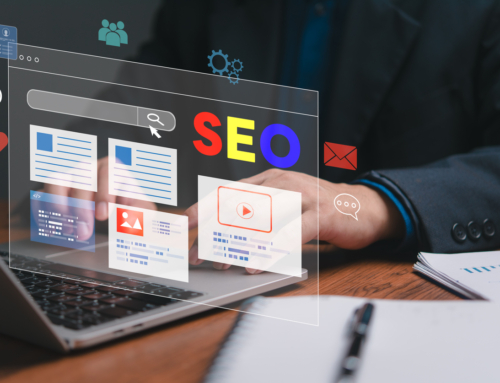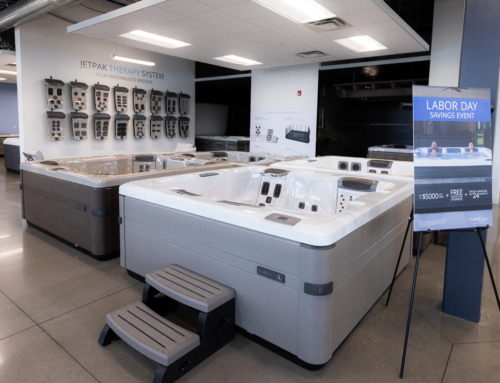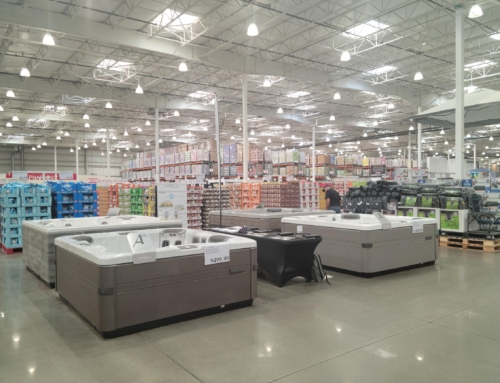Everyone is talking about how to best use the internet and social media to increase advertising ROI, and with good reason. However, in the rush to reach people on Instagram, Pinterest, Facebook, Twitter and LinkedIn, an important tool is being thrown by the wayside. That tool is email, specifically automated email campaigns. If you aren’t using email automation now, you should be.
Time is Money
One of the biggest selling points for automated email campaigns is that they are inexpensive and take little time to set up. You’ve taken the time to create an extensive list of email addresses from customers, website visitors, and any number of other sources, so it’s time to put it to work. Just create a few target emails and the automated platform (there are many to choose from) will send them based on a customer trigger action such as making a purchase, logging in to your website, signing up for a newsletter and so forth. V12 Data gives these three reasons to invest in automated email campaigns:
- With 8 times more clicks and opens, transactional emails produce 6 times more revenue.
- Triggered campaigns produce over 75% of email revenue.
- Automated email campaigns are responsible for generating 21% of email marketing revenue.
You only have to create the emails once which saves time for other business activities. Plus, the only cost is that of having an internet service provider. It’s a low-risk, high-reward marketing investment!
Running the Right Campaigns
Marketing experts recommend these three basic automated email campaign types for continued success:
- Welcome emails
Welcome emails are used as top-of-funnel content in initial nurturing campaigns for those whose info you capture through your website, past purchases, or subscriptions. Think of it as you would a first date, an opportunity to make a positive impression that would increase your chances of a second date. So the goal with these customers is to get them to think about coming to your store.
Automated email campaigns are responsible for generating 21% of email marketing revenue.
Specific calls-to-action include subscribing to your blog (if they’re not already) or making an in-store test spa appointment. Within the message, mention industry experience to establish expertise and build trust, then let them know you’re happy to have them contact you. The key is to pay attention to tone throughout the message, from subject line to postscript. You want to make sure the tone you use fits with or appeals to the audience you’re trying to reach.
FYI: Welcome emails get five times the clicks and four times the opens of any other bulk promotions.
- Alert emails
Alert emails are those you send out to create a sense of urgency for those customers who have been introduced to your store and products. They work to inform customers about a particular upcoming promotional campaign around new product introductions, seasonal deals and sales, and other special offers. Make sure you keep these to one single offer with a call-to-action that links to a landing page designed just for that offer.
According to Hubspot, “When it comes to designing an email for a specific offer, the main component to keep in mind is the offer itself.” Keep the copy concise but descriptive enough to communicate what value is being offered. It’s also important that the CTA link is clearly visible and uses “actionable language.”
- Post-purchase emails
After purchase messages typically remind customers about filter change dates and chemical resupply. They also are the ideal time to ask for referrals and reviews.
These emails work best as a four-part series for your hot tub buyers:
- Start by emailing a receipt immediately upon purchase of a product or service.
- Next, email shipping, tracking, and/or delivery information.
- After the product is delivered, send a follow-up email confirming satisfaction and offering additional assistance if needed (this is a good time ask them to complete a customer satisfaction survey, too).
- Last, send a cross-promotional offer to garner repeat business (send a coupon for spa chemicals or a link to sign up for maintenance programs).
Don’t forget that some elements of the post-purchase email also apply to service calls. Receipts, satisfaction surveys, and cross-promotional offers will reassure customers that your company cares about keeping customers happy.
Creating Your Message
In an Aqua Magazine interview, John Arnold, author of “Email Marketing for Dummies,” says to “provide lots of content that can be watched, swiped, pressed, and tapped.” This means your emails should be easily accessible across devices from smartphone to tablet to desktop. Here are some tips for creating a strong email message:
- Have a clearly defined objective from the beginning so that content and calls to action can be tailored to reinforce that objective.
- Filter and target consumers so that upgrade offers only go to those who’ve purchased the product, so that discount offers don’t go to those who’ve just paid full price for that product and so on.
- Make sure your content engages your readers, educates your readers, and offers your readers something.
- Include emails with value like blogs on tips for maintaining spas and tips on chemical usage, not just emails with special offers,
- Ask yourself how your message benefits the customer; if you can’t answer that, you need a new message.
Once the message is created, you’ll need to decide what to put in the subject line of your email. There is the actual subject line and there is the pre-header. The pre-header is the information that appears next to or under the subject line. Here’s an example:
Subject line: New brand added: our spa shop just got even better!
Pre-Header: Get every model for 10% off now through Monday
Now here’s an example for a spa dealer to a customer who has just made a purchase:
Subject line: Congratulations on your new hot tub!
Pre-header: Spa maintenance tips for the new hot tub owner
Customers who receive an email that just says “congratulations” are likely to just hit delete. However, if that congratulatory subject also has a pre-header that tells them that the email contains tips for keeping their spa in working order, the recipient is much more likely to click and open that email.
The Trial Run
At this stage, you have put significant work into your email campaign, and you may think it’s ready to go, but don’t hit that send button just yet. Natwar Maheshwari, founder of Around.io suggests a trial run of your campaign on people you know and trust to test for faults and issues in the email message. Family and friends can help you spot things that may appear to be small but that can actually be big problems. A trial run is a good way to verify that your content is mobile friendly, and a good way to test the metrics you use to determine campaign success. Paceco.com suggests using the following metrics for measuring the success of your automated email campaign:
- Delivery Rate: How many of the sent emails were delivered successfully to valid email boxes?
- Open Rate: How many of the sent emails were actually opened?
- Click-Through Rate: What percentage of people who opened the emails also clicked through your website?
- Conversion Rate: What percentage of people who went to your website engaged, converted and/or purchased?
- Unsubscribe Rate: How many email recipients unsubscribed from future emails?
Remember not to tell your friends and family that you’re using them to test your campaign as it will skew the results of your metrics. After analyzing the results, send a follow-up email explaining that you were testing a campaign and ask them to answer a few questions like why they didn’t open the email, or if they did open it, why didn’t they visit the website? The answers to these questions, plus different perspectives on the content, will help you fine tune your message for the most positive and most productive impact.
Final Considerations
If you struggle with what to include in your automated emails, here are some suggestions from Forbes:
- Newsletters/special offers to create customer awareness
- Feedback and surveys to monitor customer satisfaction
- Tips for using and maintaining products
- Highlight new products or new features on old products
- Include a button that allows them to share the email on their own social media
Lastly, when developing an automated email campaign, resist the urge to include more than one value proposition. And for the love of successful marketing, DO NOT assume that all customers want the same thing. Well, I guess there’s only one thing left to say: You’ve got mail…to write!









Interesting article….. thanks!